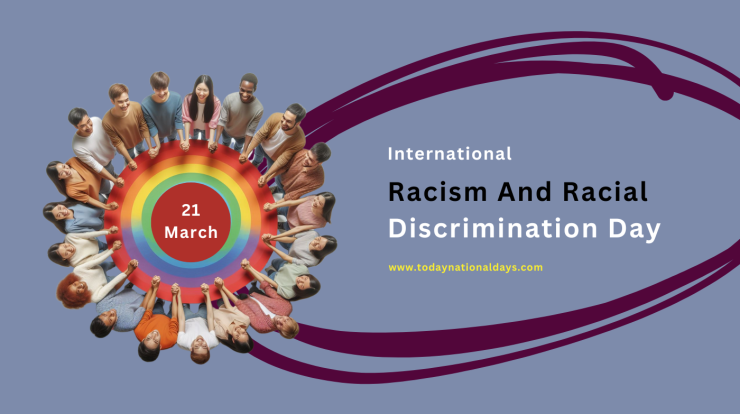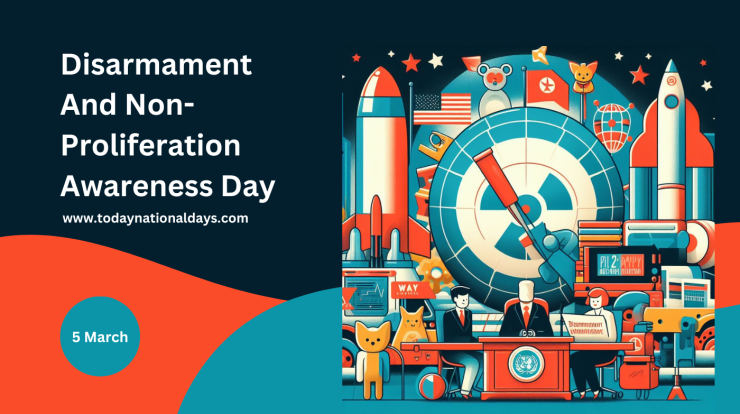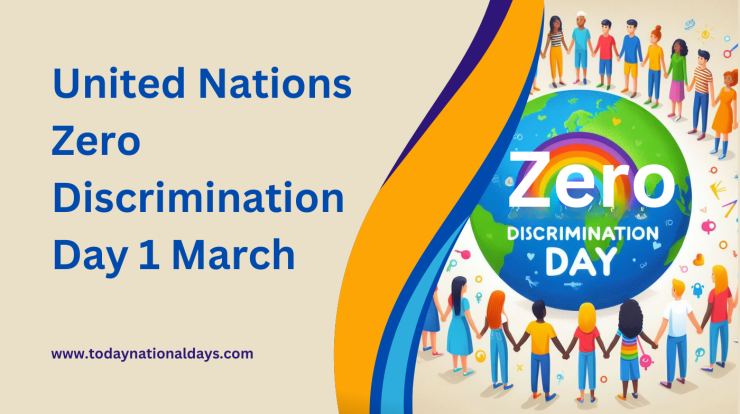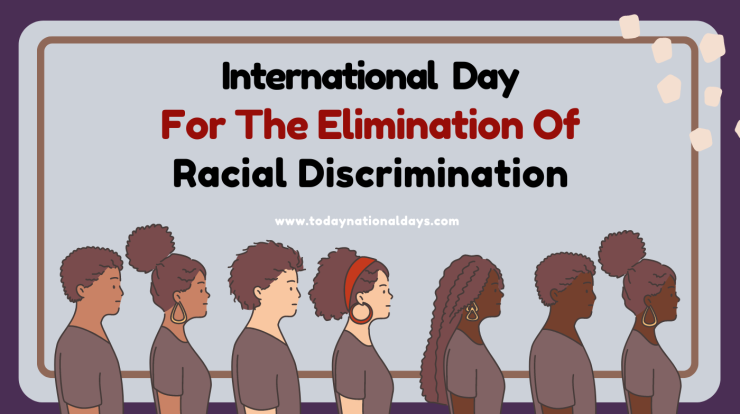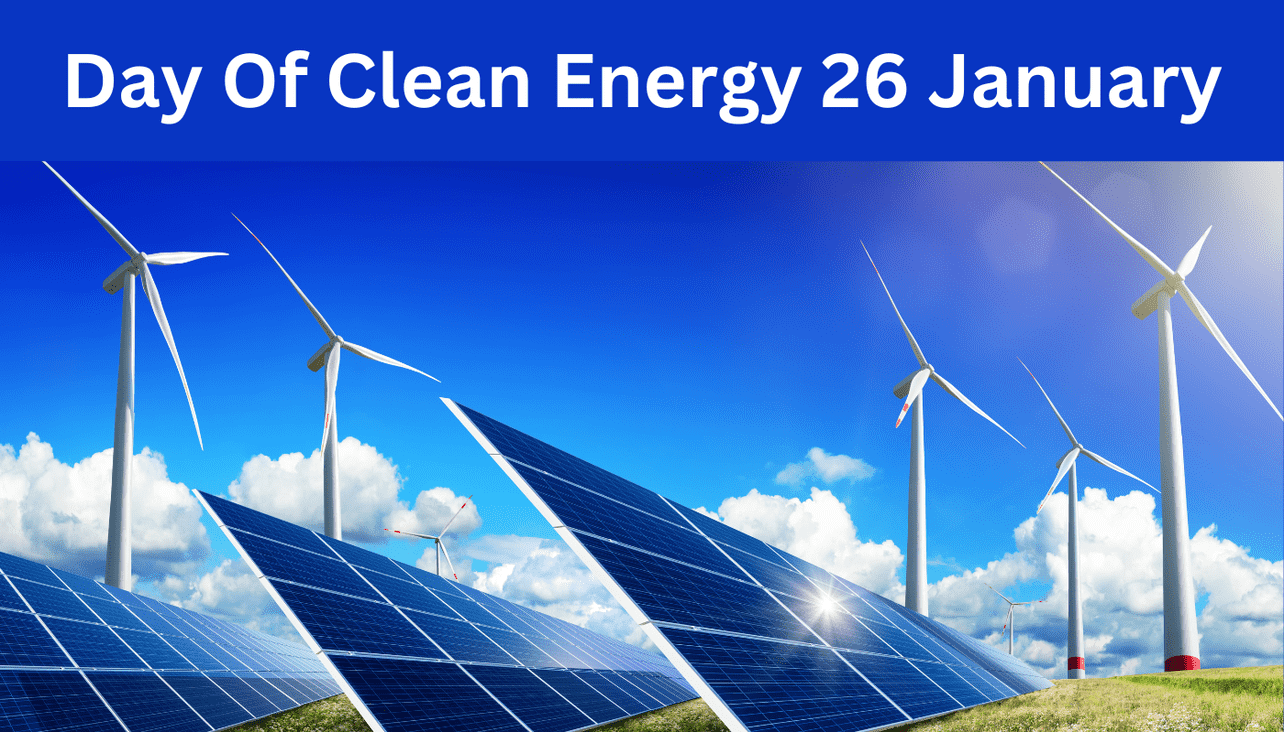
Explore the significance of the Day of Clean Energy on 26 January in our latest blog post. Learn about renewable energy and join the movement for a sustainable future!
IRENA serves as a key hub for global collaboration, offering crucial insights on clean energy across technology, innovation, policy, finance, and investment. Join us to commemorate this significant day and support the journey towards a sustainable energy future!
Importance Of Clean Energy
Renewable energy from solar, wind, hydro, and geothermal sources is essential in reducing reliance on fossil fuels and combating global warming.
Transitioning to clean energy is indispensable for ensuring long-term sustainability, safeguarding the environment, and fostering universal energy security. Join us in embracing this shift towards a cleaner, brighter future!
Significance Of Observing On January 26
Observing the International Day of Clean Energy on January 26 provides a wonderful chance to contemplate the strides achieved in renewable energy and reaffirm our dedication to advancing clean energy initiatives.
It’s a day to acknowledge achievements in renewable energy technologies and to advocate for future innovation and investment in this vital field. Join us in celebrating progress and fostering a brighter, cleaner energy future!
History And Evolution Of The International Day For Clean Energy
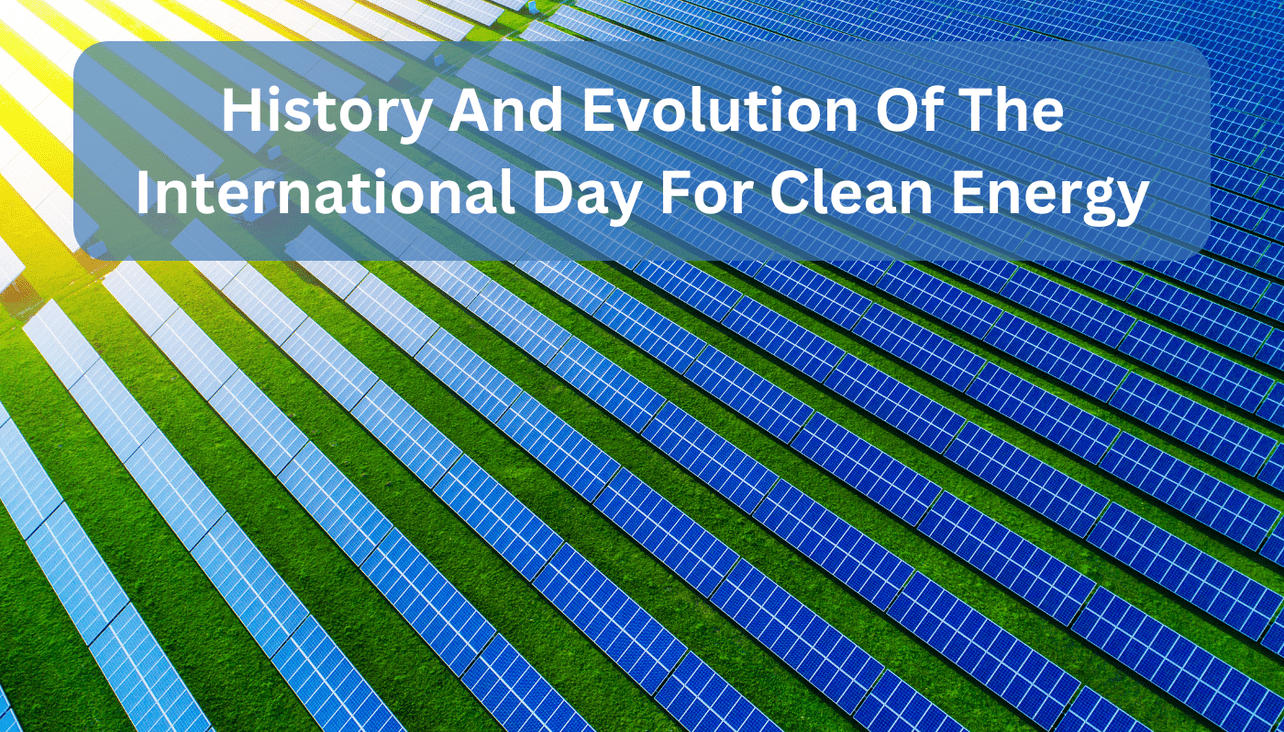
Establishing an International Day of Clean Energy signifies a growing global consensus on transitioning to renewable energy sources. This day serves as a platform for raising awareness, sharing knowledge, and fostering collaboration among nations, organizations, and individuals committed to a sustainable energy future.
The General Assembly designated January 26 as the United Nations General Assembly established the International Day of Clean Energy (resolution A/77/327) to raise awareness. And mobilize action for a fair and inclusive transition to clean energy, benefiting both people and the planet.
Embracing sustainable energy is crucial in combating climate change. A significant portion of the greenhouse gasses enveloping the Earth and trapping the Sun’Sun’st stem from energy production, particularly when fossil fuels like oil, coal, and gas are burned for power and heat.
The scientific consensus is clear: to mitigate climate change, we must reduce our dependence on fossil fuels and invest in clean, accessible, affordable, sustainable, and reliable alternative energy sources.
Renewable energy sources, abundantly available from the sun,Sunnd, water, waste, and
Earth’s heat is replenished by nature and produces minimal greenhouse gasses or
pollutants. Join us in supporting this imperative shift towards a cleaner, greener future for all.
Objectives Of The International Day Of Clean Energy
The main objectives of this day include:
- Promoting Renewable Energy: Highlighting the value and importance of renewable energy sources in achieving environmental sustainability and reducing greenhouse gas emissions.
- We are encouraging Adoption: Motivating individuals, businesses, and governments to embrace renewable energy solutions and invest in clean energy technology.
- Advocating for Policy Change: Proposing policies and initiatives that support the development and expansion of renewable energy infrastructure and technology.
- Fostering Collaboration: Encouraging global cooperation and partnerships within the renewable energy sector to share best practices, technologies, and resources.
- Educating and Raising Awareness: Informing the public about the benefits of clean energy and its pivotal role in addressing climate change and promoting environmental conservation.
What Do We Mean By Clean Energy?
Clean energy refers to energy sources with minimal environmental impact, emitting negligible greenhouse gasses during production and usage. Unlike conventional energy sources like fossil fuels, clean energy is renowned for its environmentally friendly characteristics.
This category encompasses both renewable and non-renewable energies, including:
- Solar energy is derived from sunlight and is available in photovoltaic or solar thermal forms.
- Wind energy: Generates wind energy by converting it into electricity using wind turbines.
- Hydroelectric power: Harnessed by water movement, river currents, or waterfalls.
- Geothermal energy: Sourced from heat stored beneath the Earth’s surface.
- Biomass energy: Created from organic matter, including plants and animal waste.
- Ocean energy: Encompassing tidal and wave energy (generated by tides).
- Nuclear energy: While atomic energy may be considered clean regarding carbon emissions, its inclusion in this list can be controversial due to the radioactive waste it produces. However, we have already addressed the environmental impacts of nuclear energy in this article.
Day Of Clean Energy January 26 history
The International Day of Clean Energy is a significant milestone in the global push for sustainable and renewable energy.
Chosen to commemorate the founding of the International Renewable Energy Agency (IRENA) in 2009, this date signifies the agency’s crucial role in propelling the worldwide shift toward renewable energy.
The establishment of this day by the United Nations General Assembly, with backing from countries like the UAE and Panama, underscores the urgent necessity for a collective transition to clean energy. Such a move is vital to combating climate change, improving human welfare, and ensuring energy security, access, and equity.
The inception of the International Day of Clean Energy aligns with broader global endeavors to address climate change and achieve the Sustainable Development Goals, particularly Goal 7. This goal emphasizes providing affordable, reliable, sustainable, and modern energy for all.
This initiative comes at a pivotal moment, as there is an urgent need to enhance energy access, reduce inequalities, and cultivate resilient economies and societies in the face of climate change.
The International Day of Clean Energy emphasizes the necessity for unified global action as the world confronts escalating environmental challenges and strives to meet the climate goals outlined in the Paris Agreement.
It underscores the critical role of renewable energy in limiting global warming to 1.5°C and averting the worst consequences of climate change.
This day is a powerful reminder of the world’s commitment to clean energy access and our collective journey toward a cleaner, greener planet for future generations.
Why Clean Energy Is Important For The Sustainability Of The Planet
Clean energy is crucial in ensuring the planet’s sustainability by reducing greenhouse gas emissions, the main contributor to global warming. However, renewable energy holds even greater significance. While all forms of renewable energy are inherently clean, not all clean energy sources are renewable.
Take nuclear power, for example; it’s considered clean due to its minimal greenhouse gas emissions but relies on uranium, a finite resource. In contrast, renewable energy sources naturally replenish in a short timeframe and are inexhaustible.
These sources include the sun,Sunnd, water, and biomass. By harnessing these energies, we can reduce our dependence on fossil fuels, which are finite and environmentally harmful, leading to air pollution and climate change.
Renewable energy also offers the opportunity to provide electricity and essential services to regions where it would otherwise be challenging, improving living conditions for many communities.
The documentary series “Let There Be Light” vividly illustrates the journey of a volunteer bringing clean energy to the Peruvian Amazon and the positive transformations experienced by remote communities.
You can watch how small solar panels can profoundly impact lives in the jungle here. Furthermore, renewable energies have another overlooked advantage mentioned in this article: they are easily reversible at the end of their useful life.
Why Clean Energy Matters For People And The Global Economy
The link between clean energy, socioeconomic progress, and environmental sustainability is crucial in addressing the challenges faced by vulnerable communities worldwide:
- Environmental protection: Clean energy, with zero greenhouse gas emissions during production and usage, is vital in combating climate change.
- Electricity supply security: Increased reliance on renewables in the energy mix can bolster electricity supply security, reducing dependence on volatile fossil fuel imports.
- Economic growth: According to IRENA, the transition to clean energy is projected to create 122 million jobs by 2050, with a significant portion attributed to renewables.
- Access to electricity: Clean energy has the potential to bring electricity to communities lacking reliable energy sources. Currently, 675 million people live without access to electricity.
- Resilience to price volatility: Renewable energy can help countries build resilience to price fluctuations and reduce overall energy costs.
International Clean Energy Day is more than just a celebration; it’s a call to action for governments, industries, and organizations worldwide. This day highlights the urgent need for a global shift towards cleaner, more sustainable energy sources.
Advancement requires coordinated efforts in policy, innovation, and investment to address the shared challenge of climate change. The fate of our planet depends on our collective ability to redefine how we produce and utilize energy.
Conclusion
The International Day of Clean Energy on January 26 was established by the General Assembly (resolution A/77/327) to raise awareness and spur action for a fair and inclusive shift to clean energy, benefiting both people and the planet.
January 26 also marks the founding date of the International Renewable Energy Agency (IRENA), a global intergovernmental agency formed in 2009. IRENA aims to assist countries in their energy transitions, foster international cooperation, and offer insights into clean energy technology, innovation, policy, finance, and investment.
Frequently Asked Questions
1. Why is World Energy Day?
“World Energy Day” aims to increase awareness about preserving our natural resources. This includes promoting energy and water sustainability, reducing carbon footprint, utilizing renewable energy sources, keeping fossil fuels, and supporting the green economy.
2. What Is The Future Of Clean Energy?
As we look to the future, the outlook for renewable energy is bright. Projections suggest that by 2024, solar capacity worldwide will soar by 600 gigawatts (GW), almost doubling Japan’s current total electricity capacity. Furthermore, renewable electricity is set to surge by 1,200 GW by 2024, matching the entire electricity capacity of the US.
3. What Does Clean Energy Mean?
Clean energy comes from renewable sources that produce zero emissions, helping to keep our atmosphere clean. Efficiency measures also play a role in conserving energy. While clean energy and green or renewable sources share similarities, they’re not exactly the same.
4. Who Started Clean Energy?
Renewable energy’s roots trace to ancient civilizations, harnessing sun and water. Ancient Greeks and Romans used wind-powered water pumps for irrigation. Meanwhile, ancient Chinese and Persians employed water wheels for grinding grain.
5. What Is Clean Energy For A Clean World?
Clean energy plays a crucial role in curbing emissions, thus mitigating the impacts of climate change. It encompasses renewable sources like solar, wind, and geothermal energy. Enhancing infrastructure and advancing technology to facilitate clean energy provision is essential for fostering growth and benefiting the environment.

